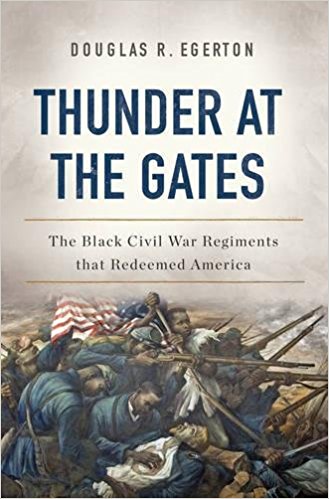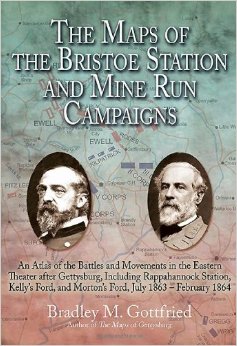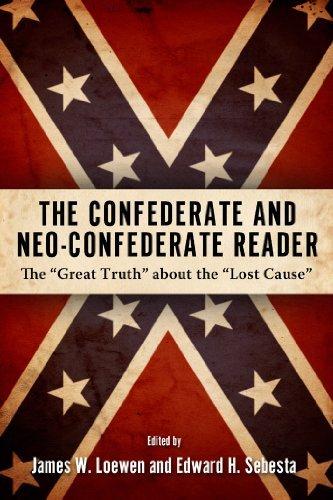Thunder at the Gates: The Black Civil War Regiments that Redeemed America by Douglas R. Egerton. Basic Books, Cloth, ISBN: 978-0465096640. $32.00.
 Douglas R. Egerton, professor of History at Le Moyne College, has spent almost thirty years writing books, book chapters, and journal articles about race and politics. His most recent work, Thunder at the Gates: The Black Civil War Regiments that Redeemed America, adds to his impressive list of publishing accomplishments and recognitions by earning one of the 2017 Gilder Lehrman Lincoln Prizes. With engaging prose, Egerton weaves together the history of three black Civil War regiments: the 54th Massachusetts Volunteer Infantry, the 55th Massachusetts Volunteer Infantry, and the 5th Massachusetts Cavalry. The author claims that “virtually everyone . . . understood that the three black regiments were to serve as a test case” (7) and that their performance—and success or failure—would determine if the federal government would commit to the use of African American men as soldiers in the Union army. Egerton argues that because of their status as the first black regiments credited to a free state (and the significant amount of coverage they received in the northern press), their successful service created the opportunity for the formation of over 160 other black regiments in the United States Colored Troops (USCT). This in turn helped to change the war from one fought to preserve the nation to one that also sought the abolition of slavery and provided credible claims for citizenship for African Americans.
Douglas R. Egerton, professor of History at Le Moyne College, has spent almost thirty years writing books, book chapters, and journal articles about race and politics. His most recent work, Thunder at the Gates: The Black Civil War Regiments that Redeemed America, adds to his impressive list of publishing accomplishments and recognitions by earning one of the 2017 Gilder Lehrman Lincoln Prizes. With engaging prose, Egerton weaves together the history of three black Civil War regiments: the 54th Massachusetts Volunteer Infantry, the 55th Massachusetts Volunteer Infantry, and the 5th Massachusetts Cavalry. The author claims that “virtually everyone . . . understood that the three black regiments were to serve as a test case” (7) and that their performance—and success or failure—would determine if the federal government would commit to the use of African American men as soldiers in the Union army. Egerton argues that because of their status as the first black regiments credited to a free state (and the significant amount of coverage they received in the northern press), their successful service created the opportunity for the formation of over 160 other black regiments in the United States Colored Troops (USCT). This in turn helped to change the war from one fought to preserve the nation to one that also sought the abolition of slavery and provided credible claims for citizenship for African Americans.
Despite the growth in the number of black regimental studies, it is surprising that it has taken so long for historians to offer an updated history of the 54th Massachusetts, the most well known northern black Civil War regiment. And while there is one recent book on the 5th Massachusetts Cavalry (Steven M. LaBarre’s The Fifth Massachusetts Colored Cavalry in the Civil War), the only regimental history of the 55th can be found in Noah Andre Trudeau’s introduction to Voices of the 55th: Letters from the 55th Massachusetts Volunteers 1861-1865. Egerton, by analyzing all three units, moves beyond the traditional single regimental history and toward the successful framework used by Stephen V. Ash (in Firebrand of Liberty: The Story of Two Black Regiments that Changed the Course of the Civil War) and Richard M. Reid (in Freedom for Themselves: North Carolina’s Black Soldiers in the Civil War Era).
Egerton seeks to tell the story of the troops credited to Massachusetts by concentrating on the experiences of the black soldiers and their officers, with less attention paid to politicians and the army high command. He does this by focusing on only fourteen of the over 5,000 men who served in the three regiments. The author begins by introducing the black men in a chapter entitled the “Travelers,” and the white officers in a chapter called “The Brahmins.” The book then follows a typical pattern for regimental histories, examining recruiting and training, wartime service, and occupation duties. For black troops, military service meant less pay (at first), inferior equipment, and segregation; nonetheless, Egerton does not let the ever-present discriminatory and second-class treatment dominate the story. Likewise, despite the initial “glory” of the 54th for its role at Fort Wagner and later contributions in various battles, Egerton does not overemphasize issues of bravery and valor. But importantly, he goes further than most standard regimental histories, and includes chapters on “Hospitals and Home Fronts” and “The Veterans,” connecting wartime service to the impact on families both during and after the war. He also adds to the limited scholarly discussions on USCT as prisoners of war and as prison guards over Confederate soldiers.
Overall, though, this is an unequal account of the three Massachusetts regiments. Readers should expect more content on the 54th and limited information on the 5th Cavalry. Also, while the role of Governor John A. Andrew, his wealthy white benefactors, and most of his white officers make this a story about Massachusetts regiments, it is not about that state’s black community. Few of the soldiers who fought for citizenship and the abolition of slavery under the flags of the three regiments hailed from Massachusetts. As Egerton makes clear, a significant number of men came from other New England states, the Midwest (especially Ohio), and some Southern states; almost two-thirds of the men in the 5th Cavalry were previously enslaved. This does not deter from his deeply researched and wonderfully written work. But it certainly deserves a more explicit analysis, especially since these are some of the few regiments that retained a state name (unlike almost all other black Civil War regiments, which assumed the federal designation USCT.)
Egerton slightly downplays the significance of other black regiments already in various degrees of recognized service (see especially Ian Michael Spurgeon’s Soldiers in the Army of Freedom: The 1st Kansas Colored, the Civil War’s First African American Combat Unit), his study clearly shows how the larger public’s attention and opinions more closely tracked the reported actions of the three Massachusetts-designated regiments. Recent events, such as debates over Confederate statuary and flags, raise questions about whether these three regiments “redeemed America.” But Thunder at the Gates provides a valuable contribution to the study of black Civil War regiments, as Egerton specifically and skillfully demonstrates that their actions during the war helped to push reluctant Union citizens and officials to understand and accept the value of African American recruitment. By the end of the war, over 179,000 black men served in the U.S. Army, where they provided significant support that undeniably helped the Union to achieve victory.
Kelly D. Mezurek is Associate Professor History at Walsh University and the author of For Their Own Cause.




